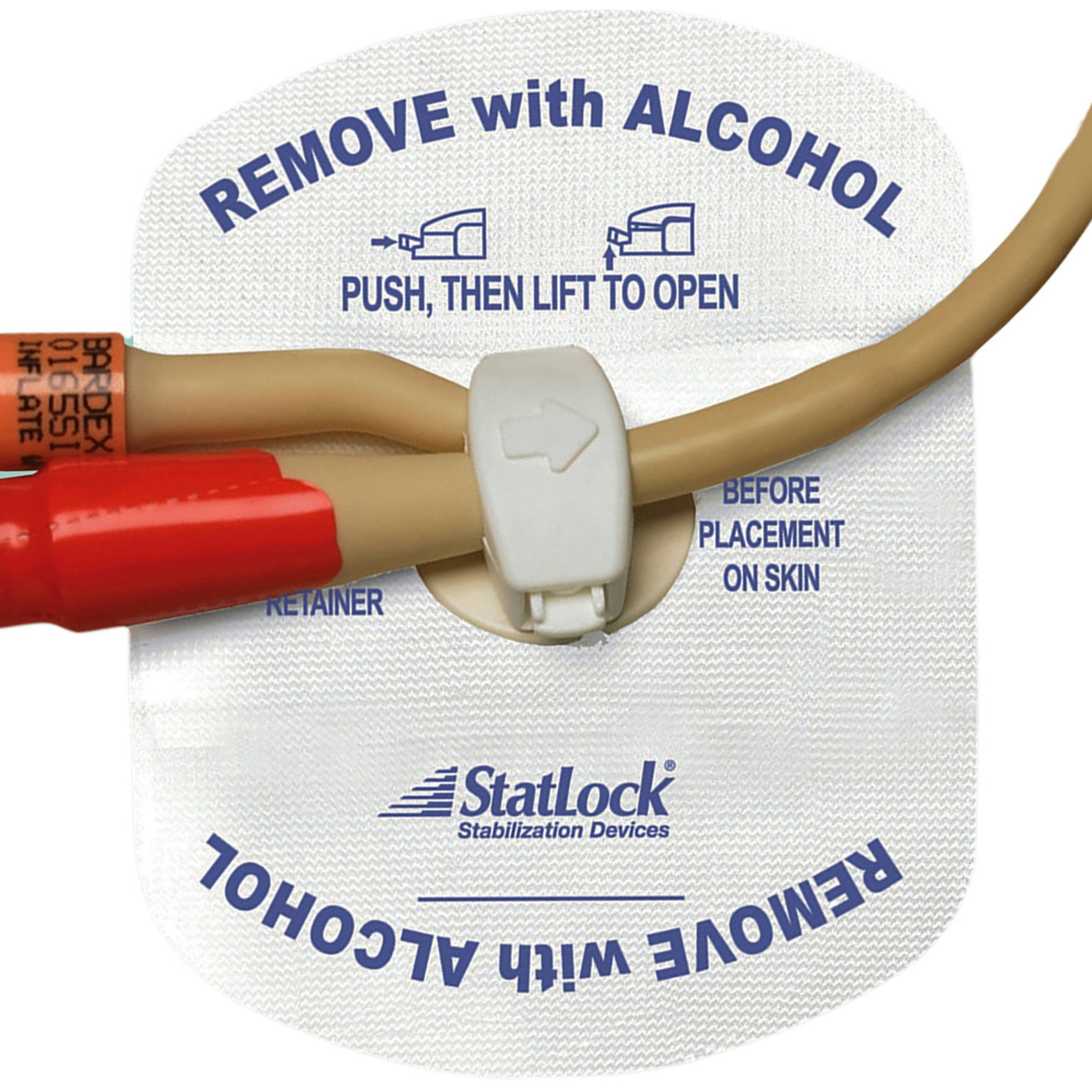
StatLock Foley Stabilization Device for Silicone Catheters, Sterile 8 to 26 Fr. - Pack of 5
Arrives Sat, Jan 3 - Mon, Jan 5

Arrives Sat, Jan 3 - Mon, Jan 5

Arrives Sat, Jan 3 - Mon, Jan 5

Arrives Sat, Jan 3 - Mon, Jan 5
FSA & HSA eligible
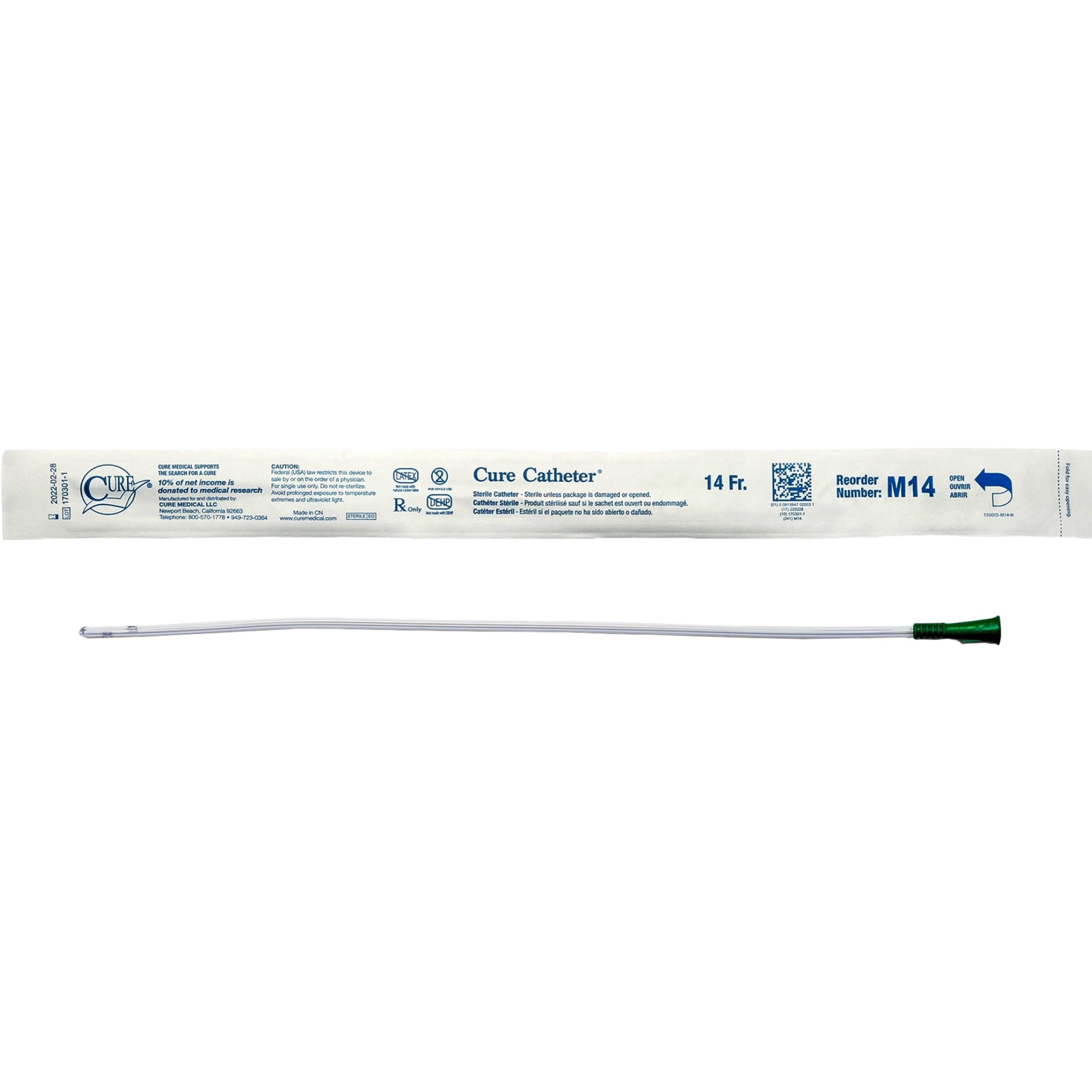
Arrives Sat, Jan 3 - Mon, Jan 5
FSA & HSA eligible

Arrives Sat, Jan 3 - Mon, Jan 5
FSA & HSA eligible
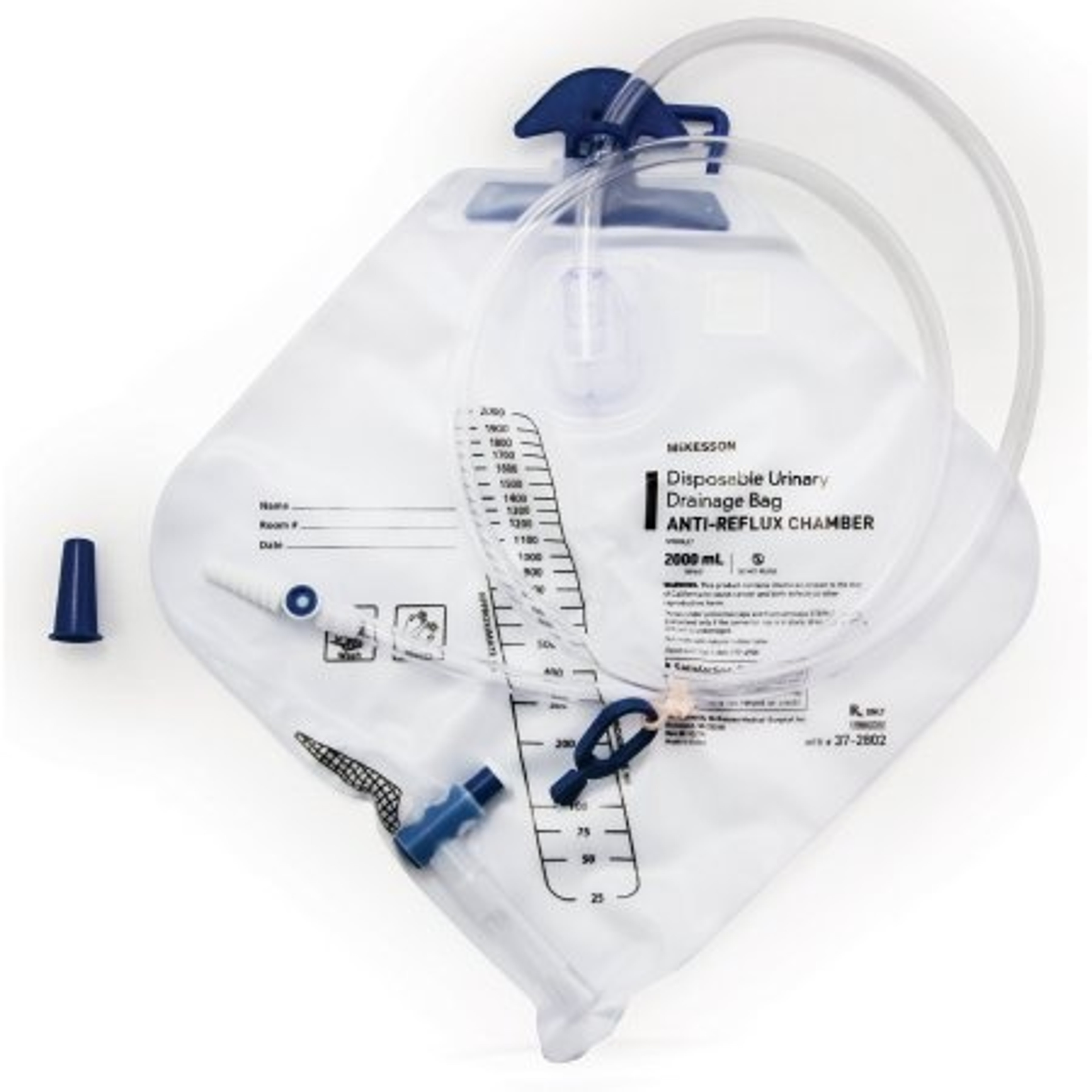
Arrives Sat, Jan 3 - Mon, Jan 5
FSA & HSA eligible
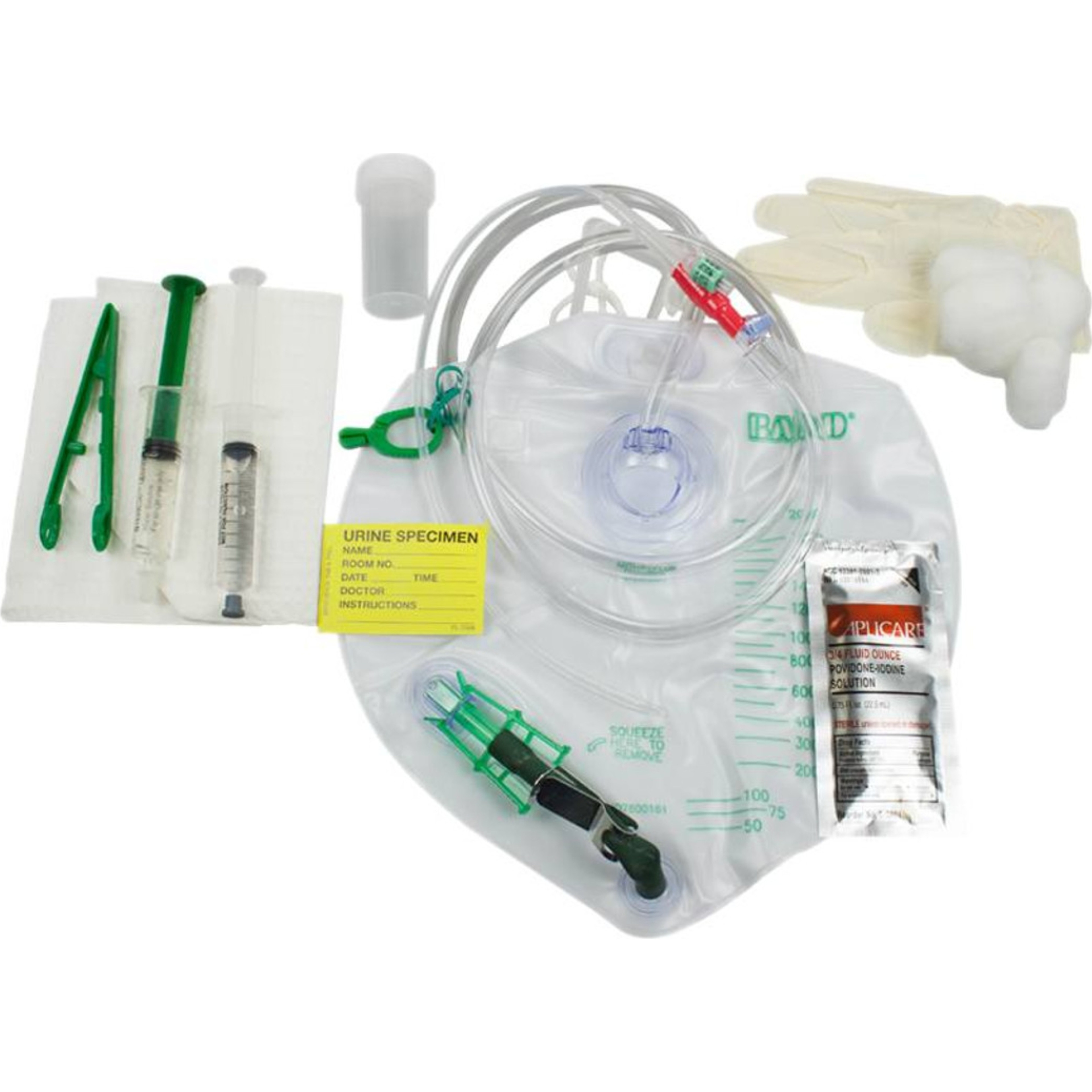
Arrives Sat, Jan 3 - Mon, Jan 5
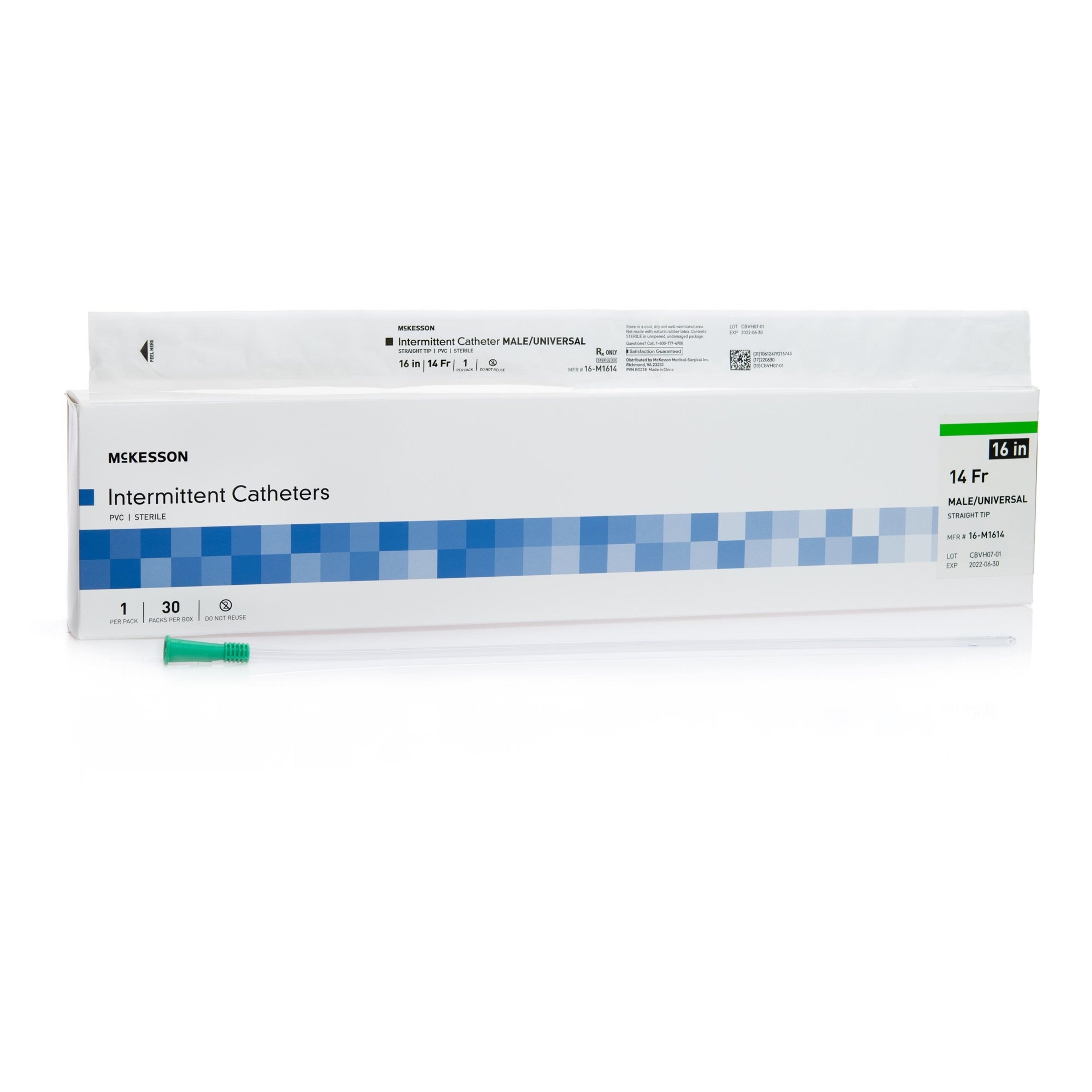
Arrives Sat, Jan 3 - Mon, Jan 5
FSA & HSA eligible
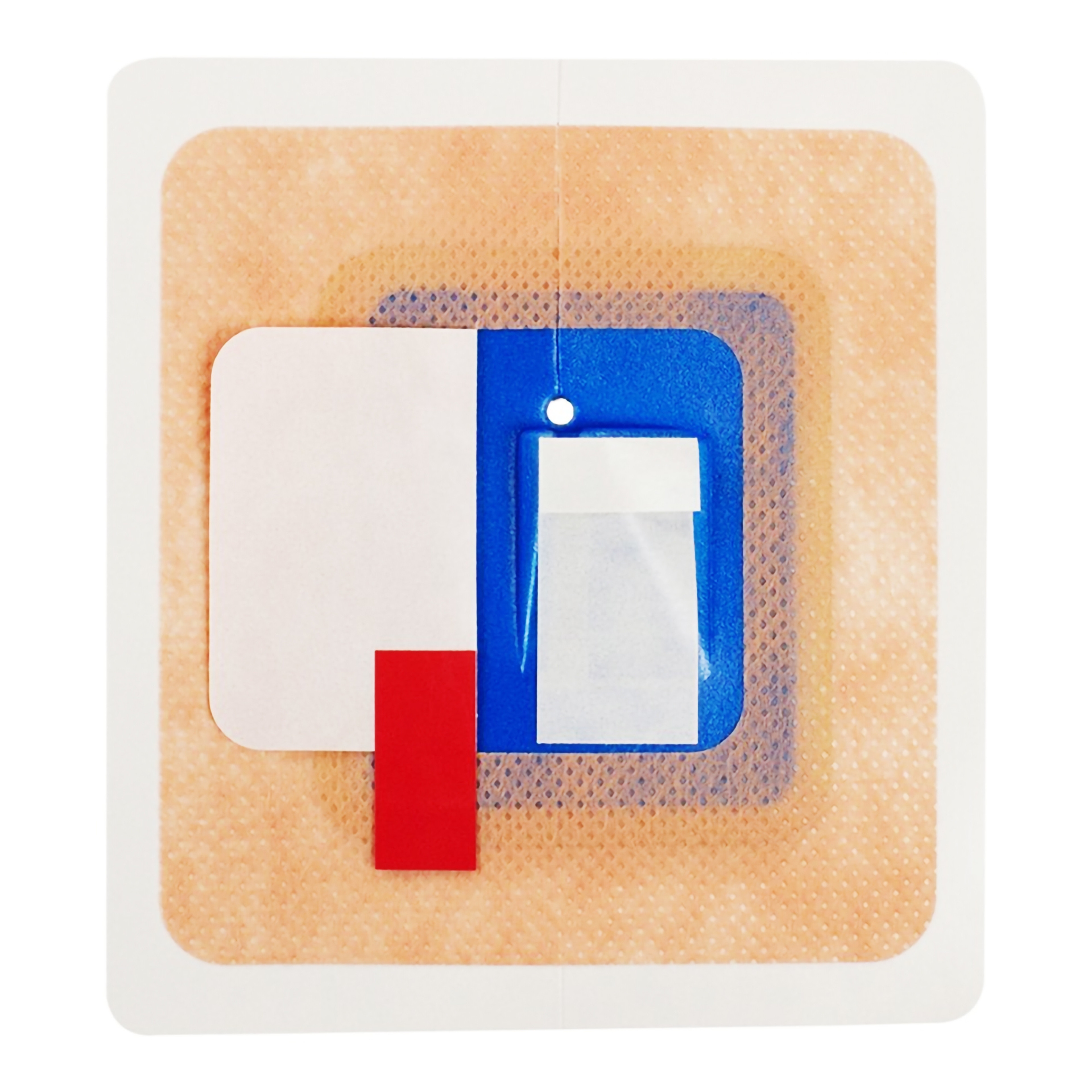
Arrives Sat, Jan 3 - Mon, Jan 5
FSA & HSA eligible
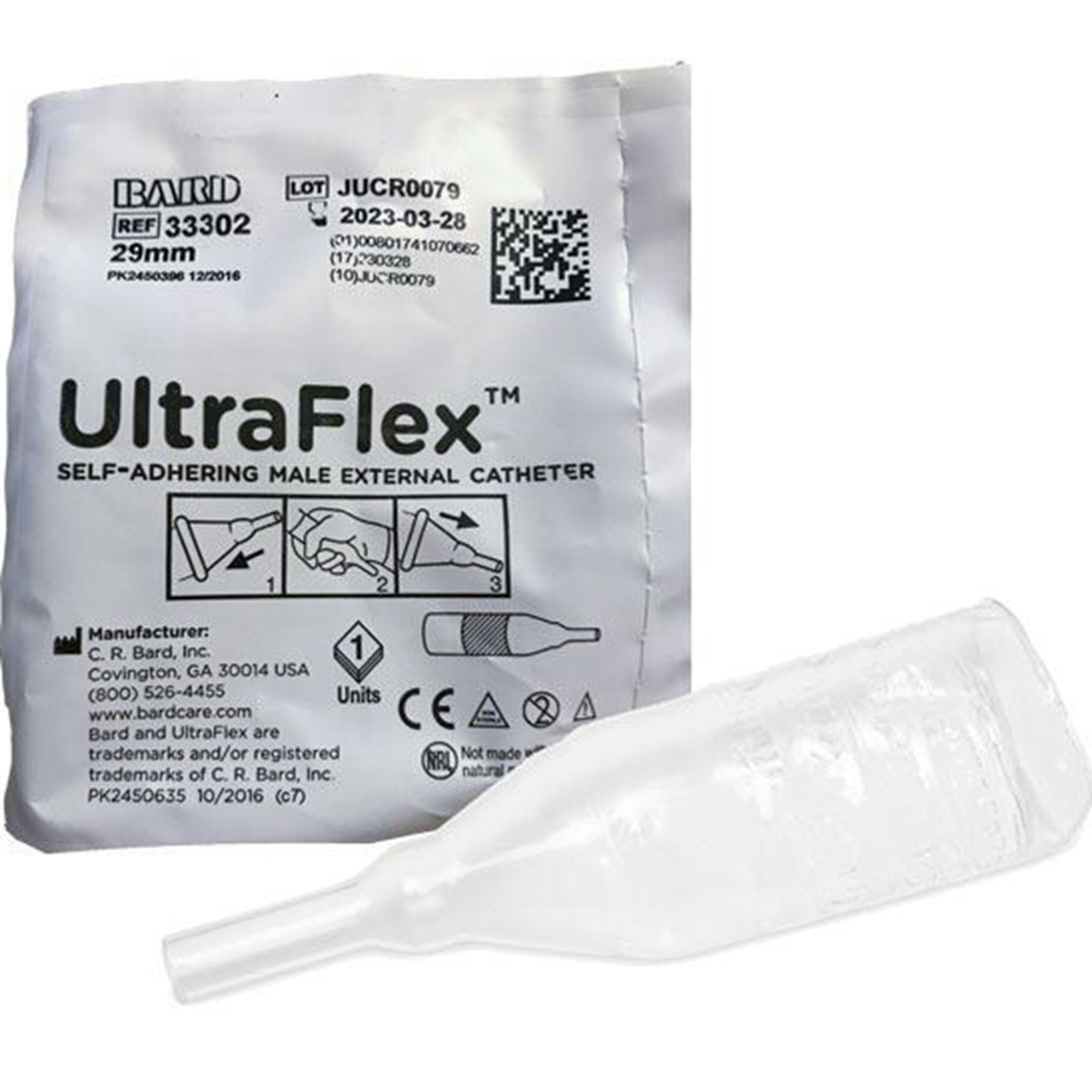
Arrives Sat, Jan 3 - Mon, Jan 5
FSA & HSA eligible

Arrives Sat, Jan 3 - Mon, Jan 5
FSA & HSA eligible
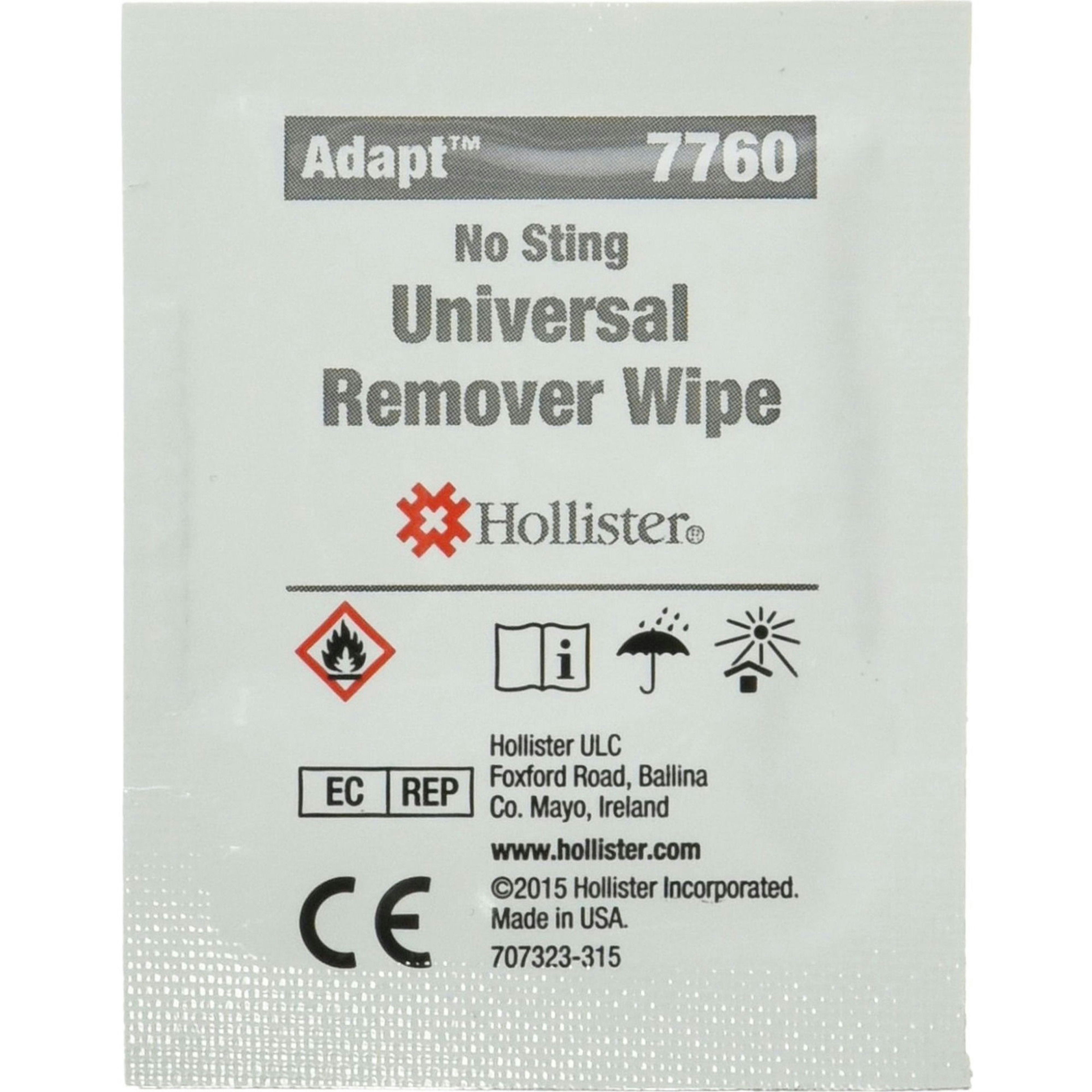
Arrives Sat, Jan 3 - Mon, Jan 5
FSA & HSA eligible
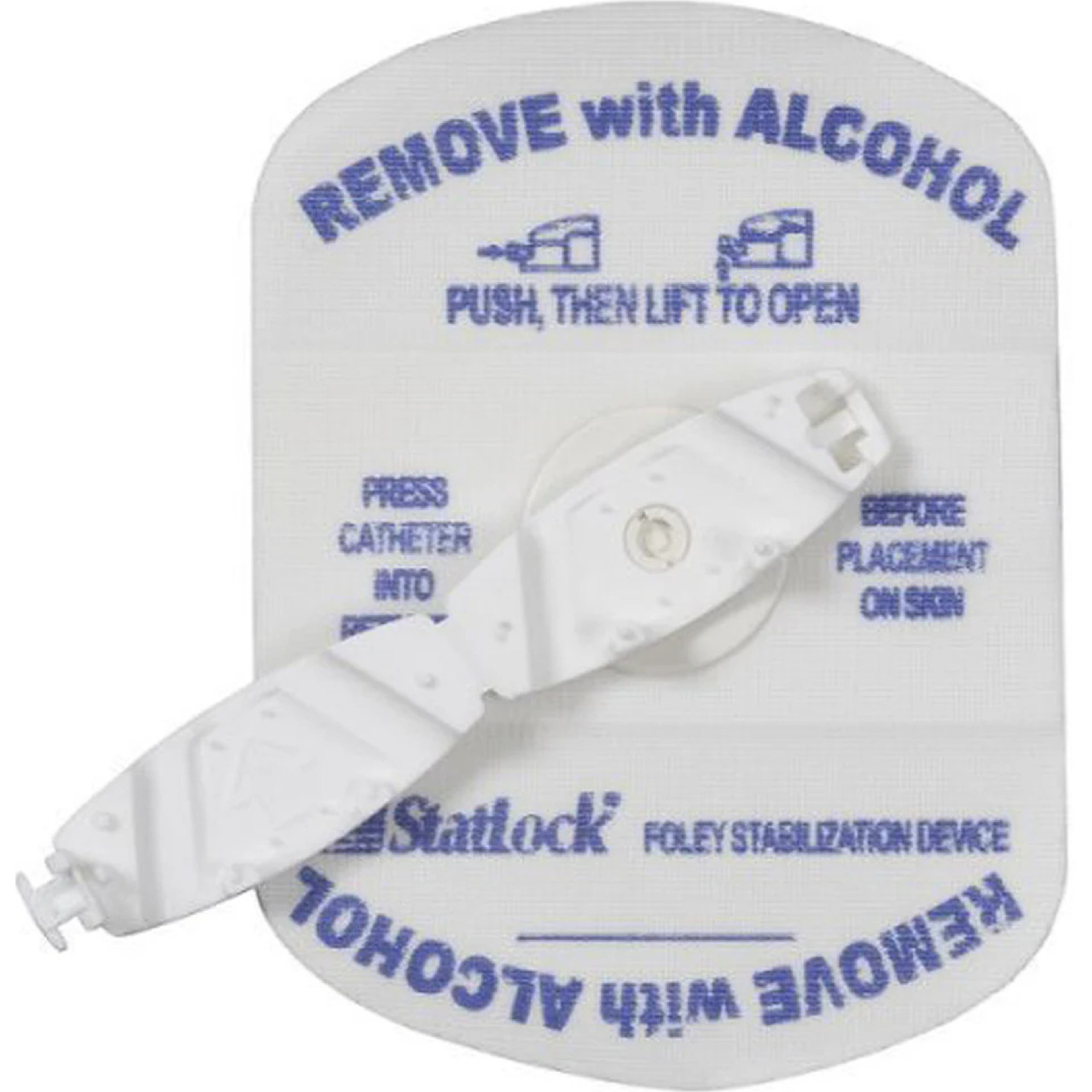
Arrives Sat, Jan 3 - Mon, Jan 5
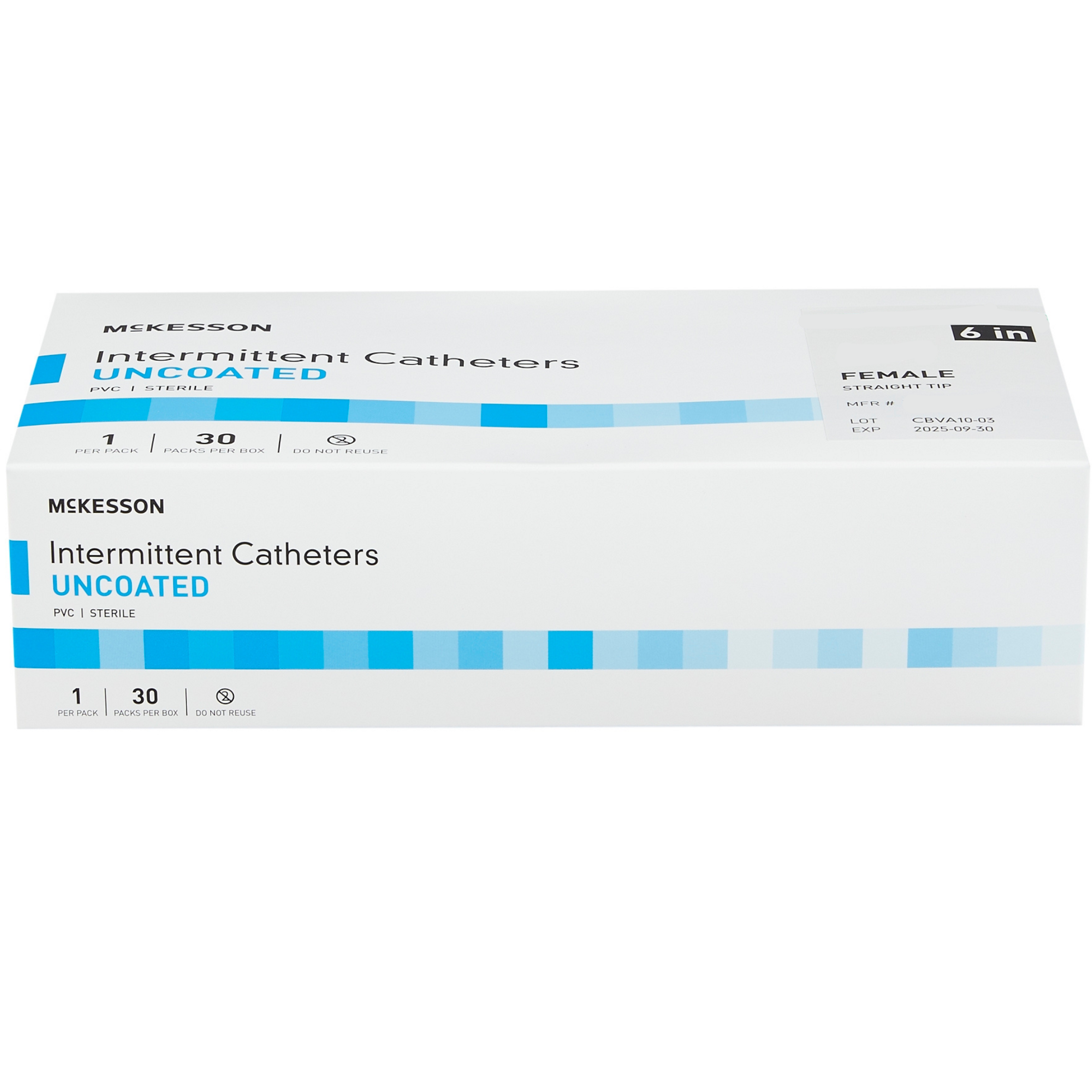
Arrives Sat, Jan 3 - Mon, Jan 5
FSA & HSA eligible
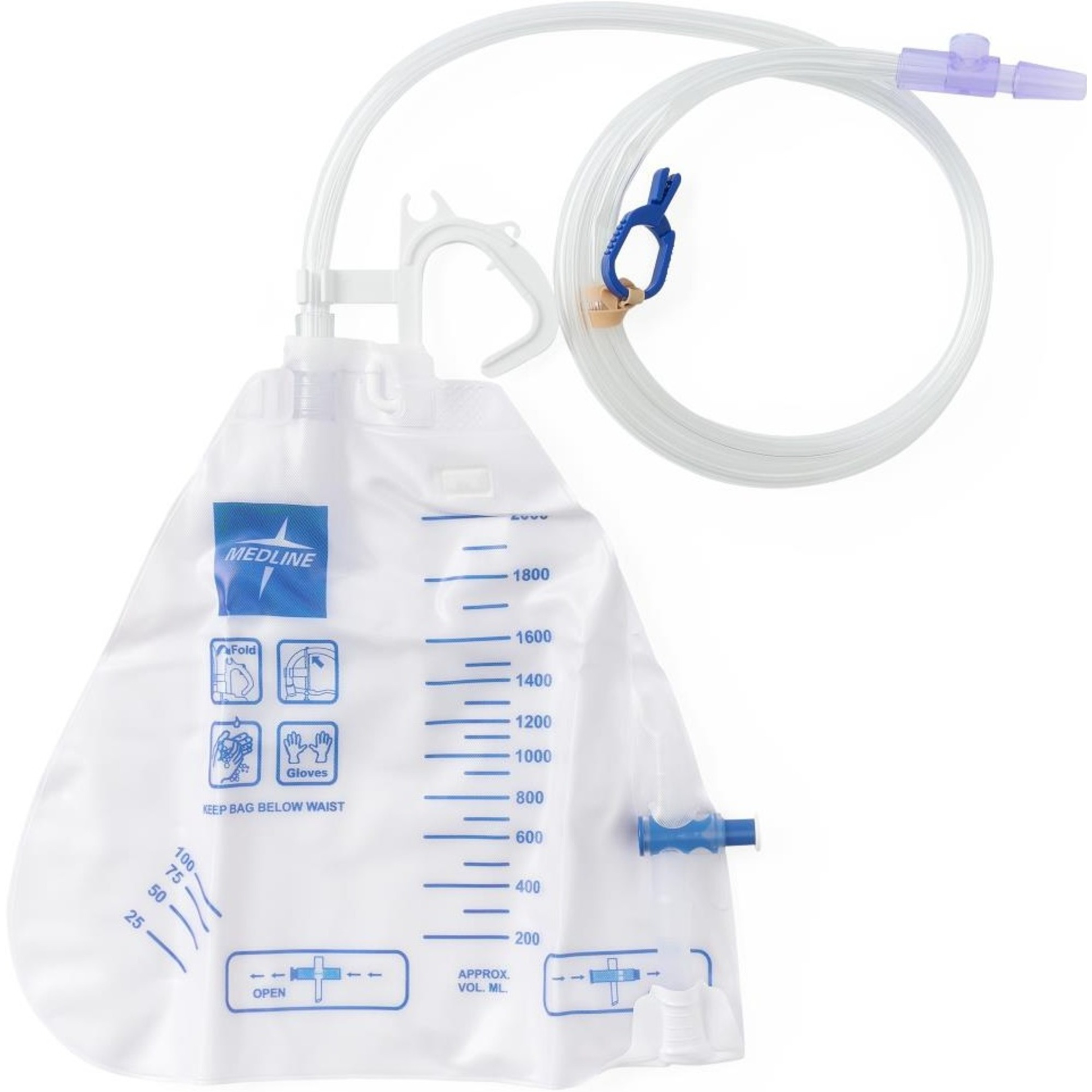
Arrives Sat, Jan 3 - Mon, Jan 5
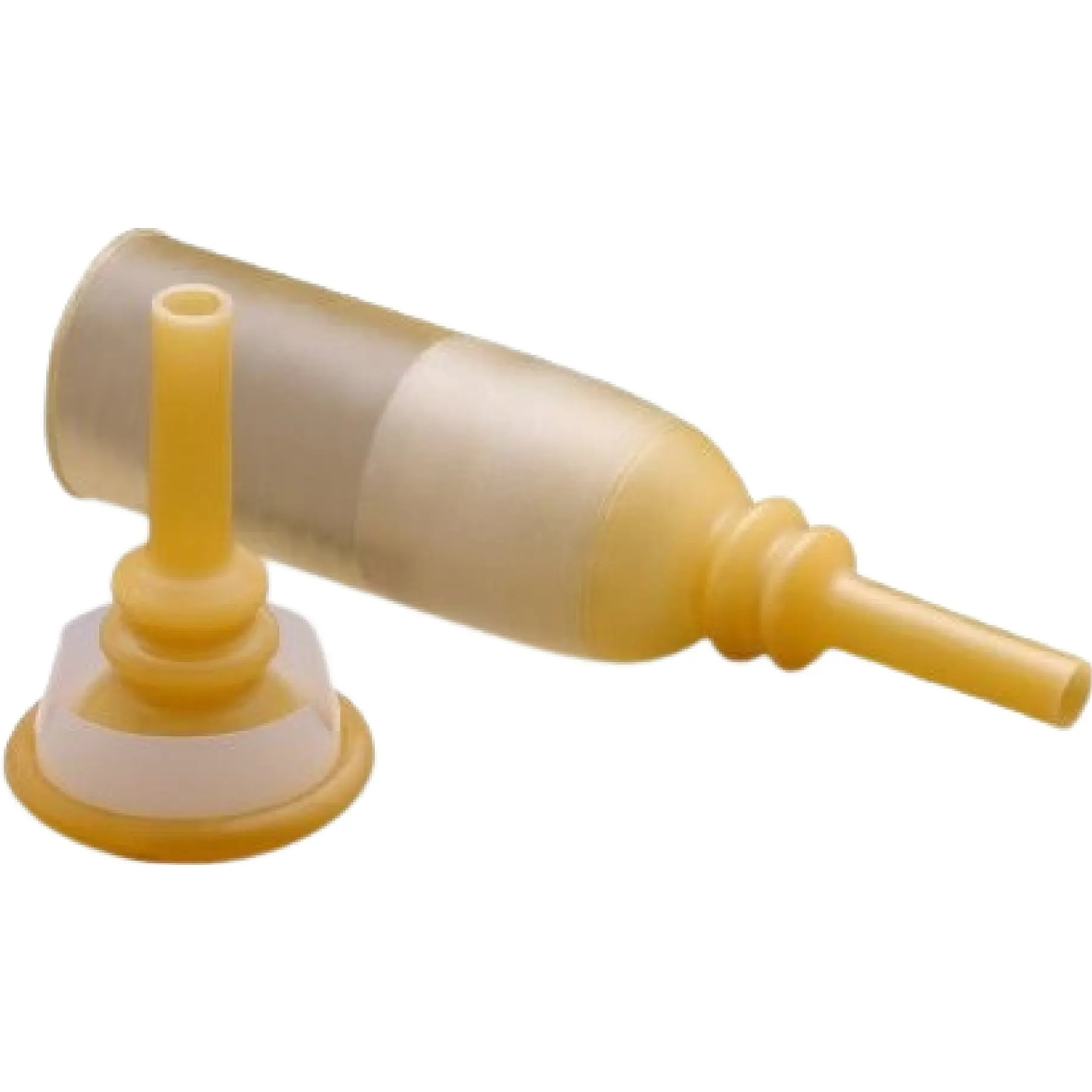
Arrives Sat, Jan 3 - Mon, Jan 5
FSA & HSA eligible
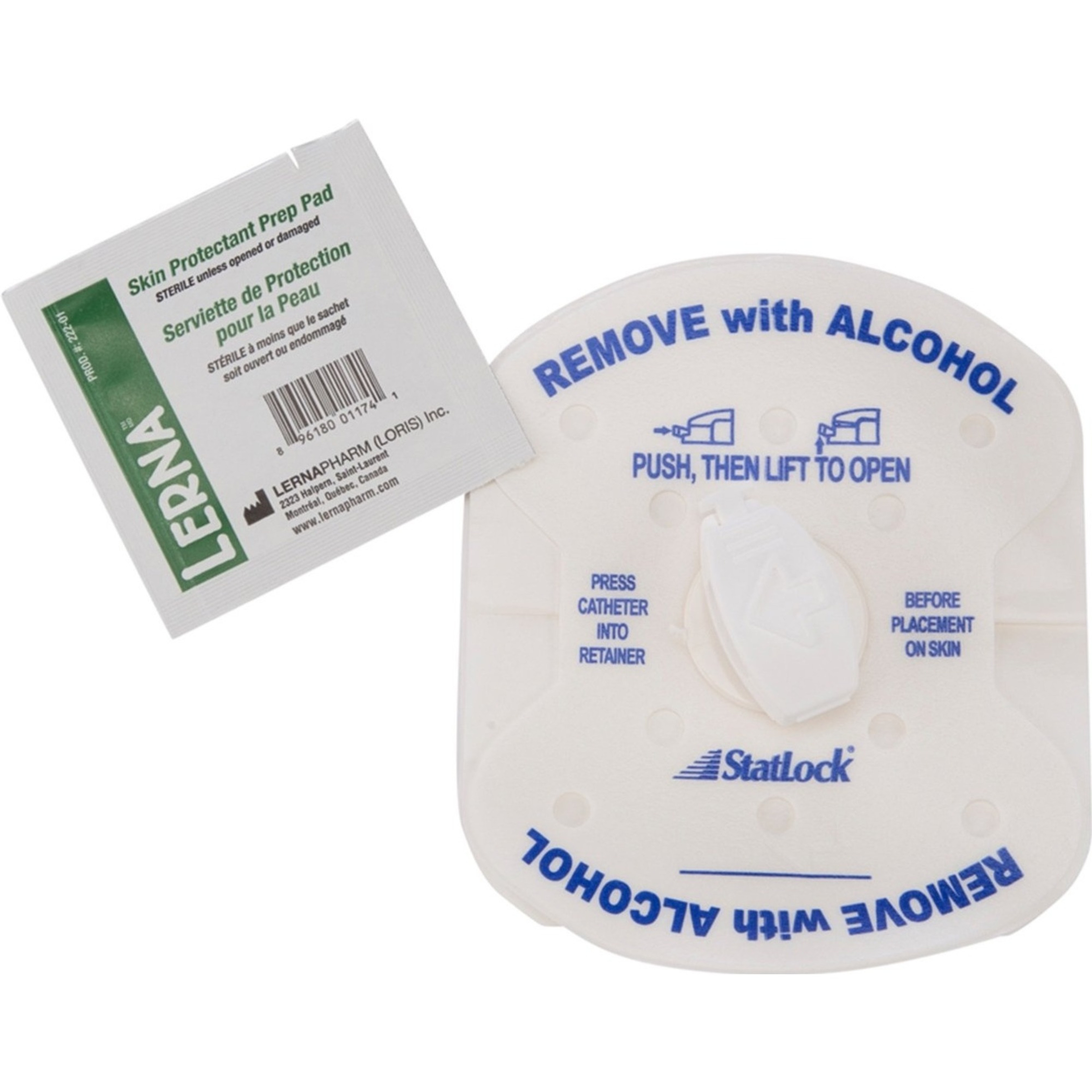
Arrives Sat, Jan 3 - Mon, Jan 5

Arrives Sat, Jan 3 - Mon, Jan 5
FSA & HSA eligible

Arrives Sat, Jan 3 - Mon, Jan 5
FSA & HSA eligible
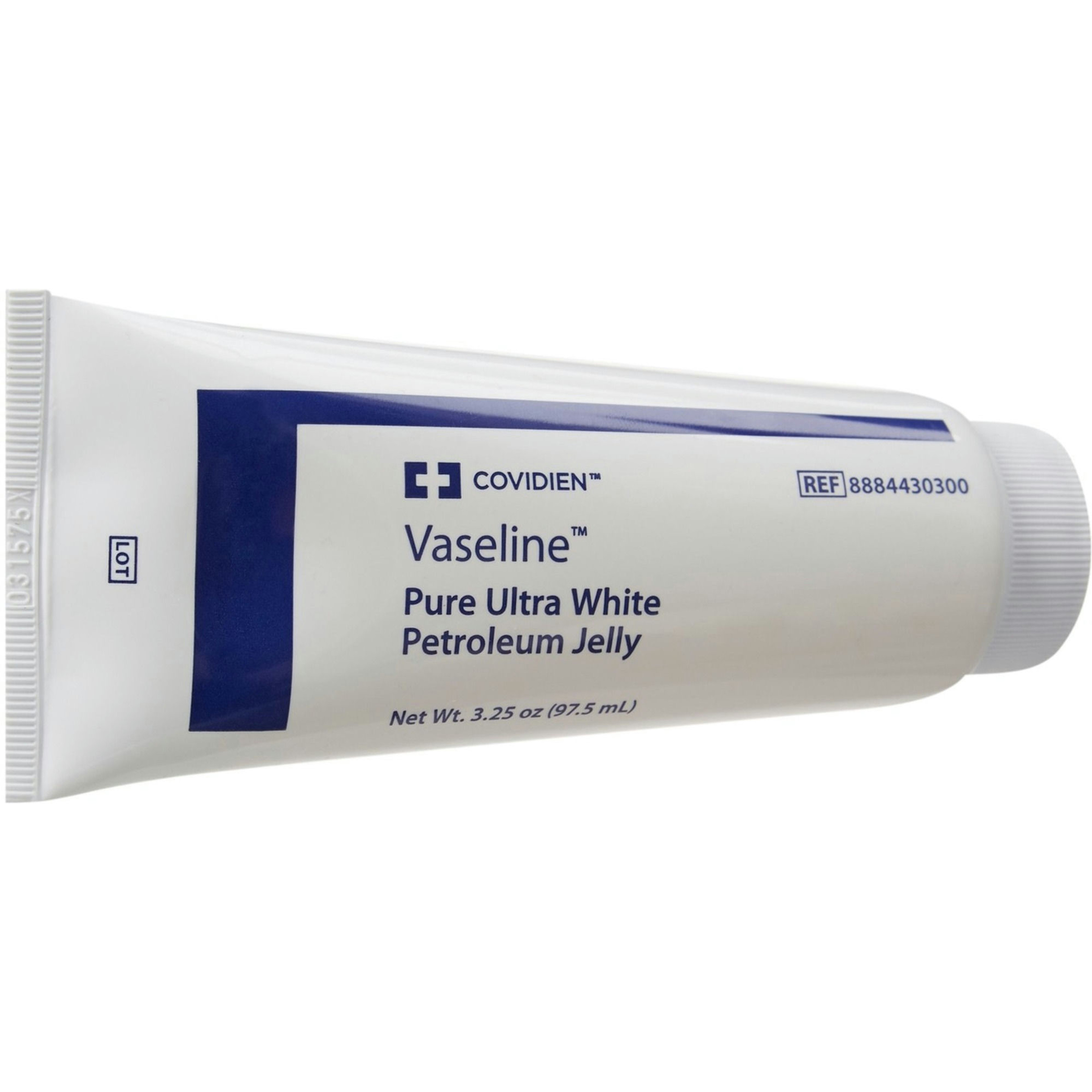
Arrives Sat, Jan 3 - Mon, Jan 5

Arrives Sat, Jan 3 - Mon, Jan 5
FSA & HSA eligible
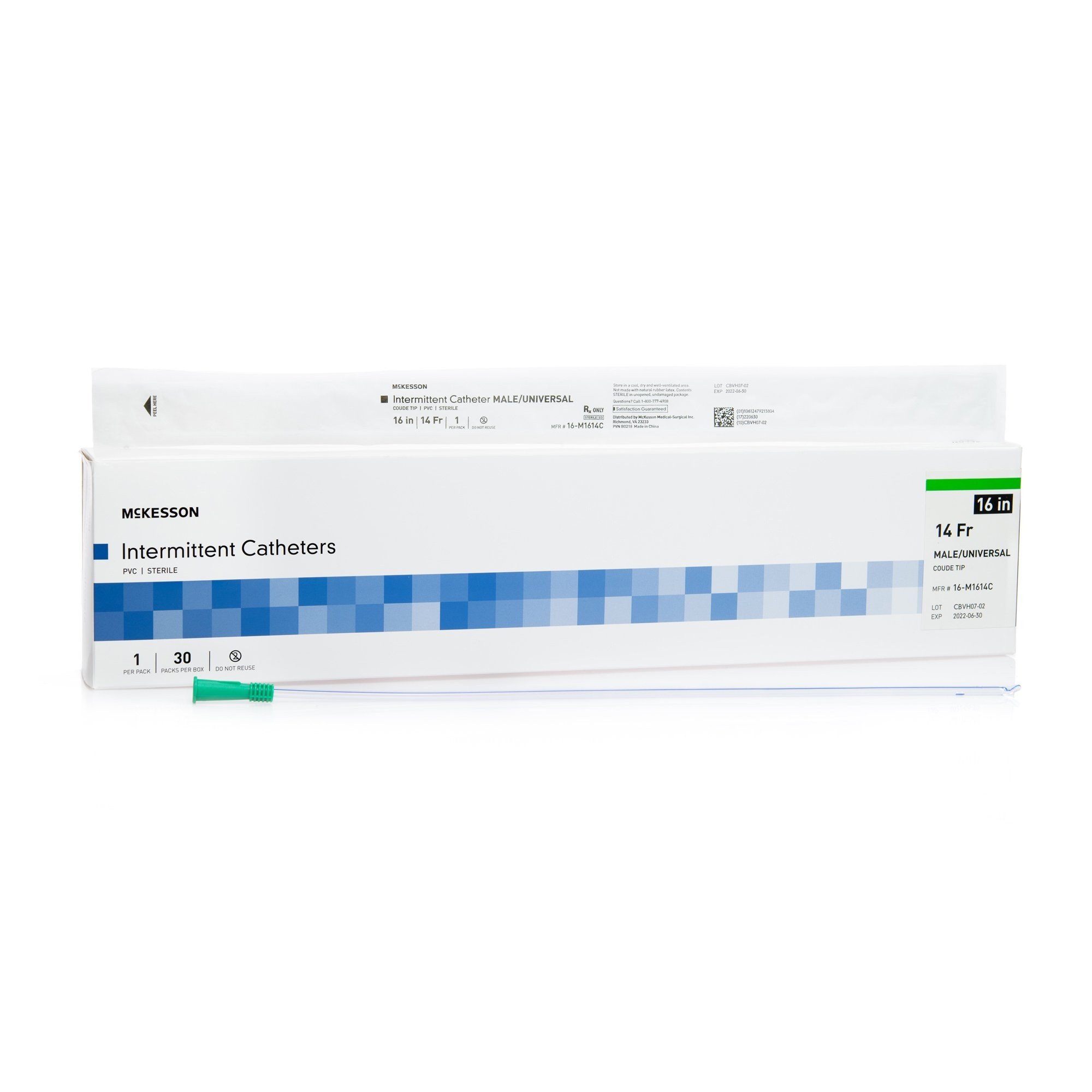
Arrives Sat, Jan 3 - Mon, Jan 5
FSA & HSA eligible

Arrives Sat, Jan 3 - Mon, Jan 5
FSA & HSA eligible

Arrives Sat, Jan 3 - Mon, Jan 5
FSA & HSA eligible
Catheters are essential medical devices designed to manage urinary incontinence and bladder retention. They come in various forms, each tailored to specific needs and lifestyles and typically are used with physician oversight.
External Catheters are non-invasive devices, such as condom catheters for men and the PureWick system for women, worn externally to collect urine. They are ideal for individuals seeking to avoid internal catheterization and can be associated with a lower risk of urinary tract infections (UTIs).
Intermittent Catheters, also known as straight catheters, are inserted into the bladder at scheduled times to drain urine and then removed. They are suitable for individuals who can perform self-catheterization and prefer not to have a catheter in place continuously .
Indwelling Catheters, commonly referred to as Foley Catheters, are inserted into the bladder and remain in place for extended periods. They are typically used for patients who require continuous bladder drainage, such as those undergoing surgery or with severe mobility issues.
Selecting the appropriate catheter depends on several factors:
Medical Condition: Individuals with temporary urinary retention may benefit from intermittent catheters, while those with chronic conditions might require indwelling catheters.
Lifestyle and Mobility: Active individuals may prefer intermittent or external catheters for greater freedom, whereas bedridden patients might need indwelling catheters for continuous drainage.
Explore our comprehensive range of catheter products online, where you can find detailed descriptions and customer reviews to assist in your selection. For personalized assistance, our Customer Care Team is available at 800-696-2273 to answer any questions and help you choose the right product for your needs.
The PureWick™ Male External Catheter: What Is It, How to Use it, And FAQs
The PureWick™ Female External Catheter, What Is It? How to Use it? And FAQ